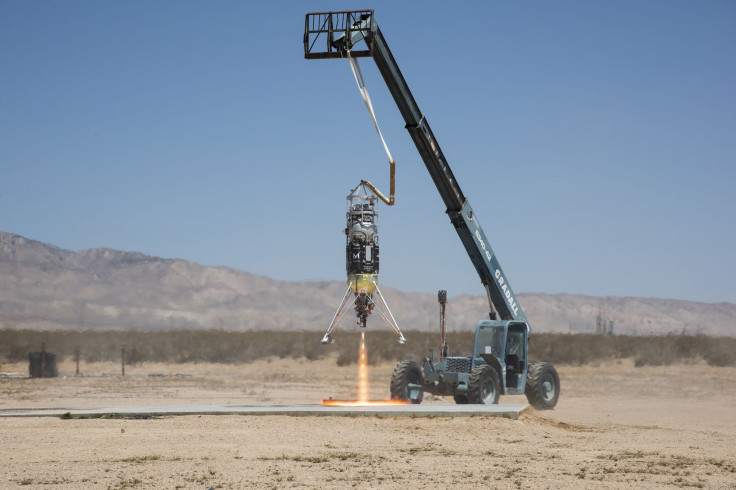NASA Successfully Tests Technology To Retrieve Samples From Other Planets

NASA has successfully tested a novel technology that could support its endeavor to retrieve samples from extraterrestrial worlds.
The technology, named PlanetVac, is essentially a collection system that could be integrated into the footpad of a planetary lander spacecraft for collecting and bringing back surface soil samples from any planet, be it the red planet or a space object wandering in the asteroid belt.
While present-day landers and rovers do a pretty good job at drilling or scooping out rock samples, their ability to analyze those samples is pretty much restricted. Mission controllers at NASA and other space agencies have encountered this problem on several occasions and are exploring ways of sample retrieval for detailed analysis with lab-grade instruments on Earth.
As seen in the case of lunar samples retrieved from Apollo missions, the scientific community on Earth gives special attention to soil samples from a celestial body. This increases the chances of making new and intriguing findings about distant worlds and the validation of those discoveries through follow-up studies.
But, as launching manned missions to distant worlds is neither safe nor financially feasible, there is a need for different technique. This is exactly where PlanetVac, developed by Honeybee Robotics in California, could play a crucial role.
The footpad-integrated system, as NASA described, would start working soon after a lander touches down on the surface of a planet. First, a compressed gas would be injected into the enclosure of the footpad and then, a series of processes will allow it to suck the sample into a cyclone separator or a collection box.
“What it does is kind of like your vacuum. It creates an area of high pressure in the front and uses an area of low pressure in the back to suck up the sample,” Justin Spring, senior project engineer for Honeybee Robotics, said in a NASA statement. “The best thing about PlanetVac is how simple it is. Aside from a single actuator to trigger the gas flow, the system is entirely pneumatic (operated by gas), which reduces complexity and risk.”
The functioning of the system was analyzed in a recent test flight funded by NASA’s Flight Opportunities program, which selects cutting-edge technologies from the industry for the agency’s current or future missions.
“The opportunity to test a technology on Earth before it is destined for another planet allows researchers and mission planners to have confidence that once the technology arrives to its space destination it will work,” Ryan Dibley, NASA Flight Opportunities program manager, said in the statement.
In the test, the pneumatic system lifted off on a reusable mini-rocket, from Masten Space Systems, and landed in Mojave Desert, California, to successfully collect over 320 grams of top soil from the desert floor.
Spring noted the situation was more similar to what the system might encounter in space.
“This reduces the risk since we now know it can survive both landing and heating loads as well as the rocket environment," he added "and still collect the sample and retain it to come back.”
© Copyright IBTimes 2024. All rights reserved.





















